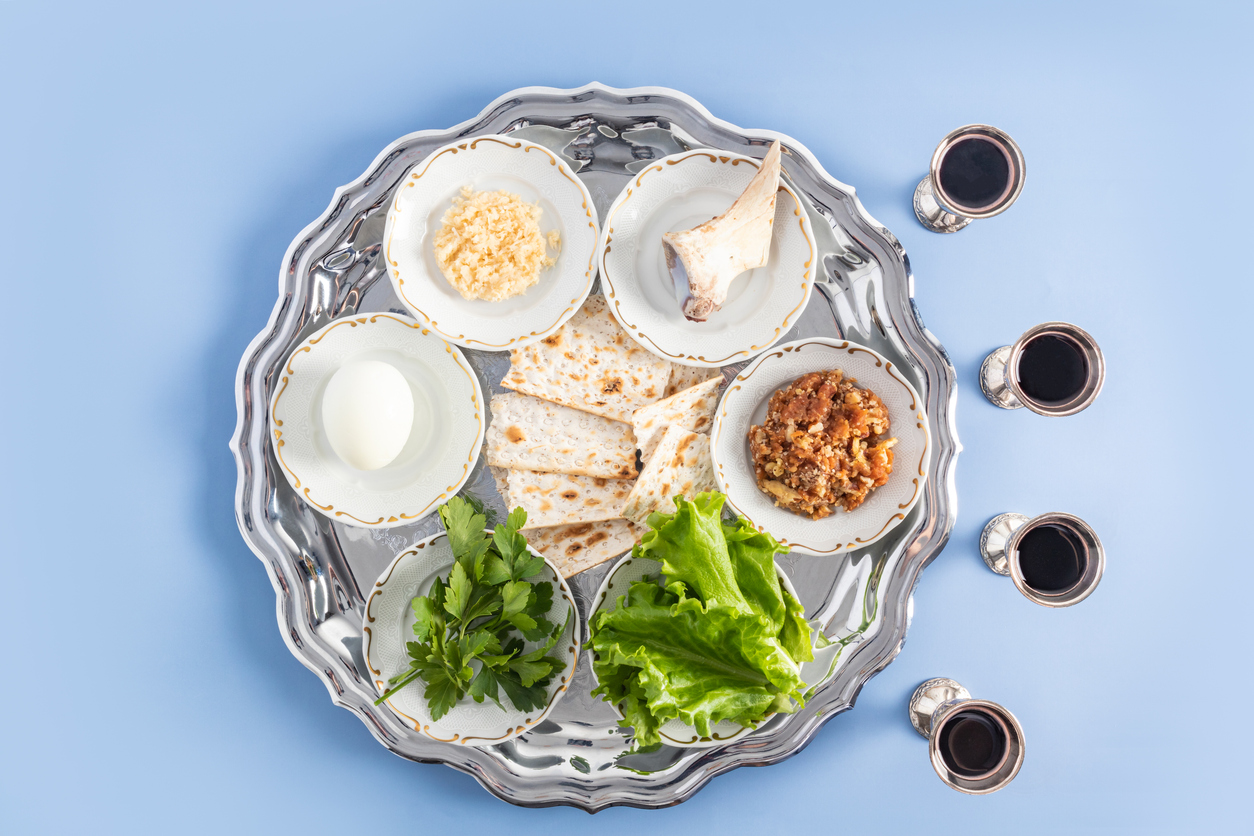5 tips for storytellers from the Passover Seder
The story of Exodus may be the most famous one ever told, carrying storytelling lessons for comms professionals.

David Weissmann is the VP of Media Strategy at Gova10.
Passover begins on Monday evening. Millions of Jews (and allies) around the world will sit down for their version of the Passover Seder. The Seder is a narrative that tells the story of liberation from slavery to freedom, complete with stories, songs, rituals and food that represent the origins of Israelite slaverym through the punishment of the plagues to the splitting of the sea.
The story of Exodus may be the most famous story ever told. Certainly, there are lessons for comms professionals and all storytellers. Here are five of probably hundreds, that jump out.
1. Know your audience – and get them involved. The Seder narrative is clear and straightforward – and simple enough that even children get the message. In fact, making sure that the kids understand what is going on is key to a successful Seder; children ask the famous Four Questions, and search for the Afikomen, the ritual matzah that closes the Seder, which wins the finder a prize. The adults, meanwhile, recite the text and sing songs, discussing with passion as they move through the story from the Haggadah, the book that guides participants through the evening.
“Knowing your audience” – and knowing how to reach them – is a comms 101. Sometimes you reach them through song (jingles), through stories, through gamification (like searching for that matzah!) Like at the Seder, different techniques will reach different audiences. You need to be savvy enough to determine what the best medium is.
2. Symbols can bring your message home. So much of what we see sitting on the Seder table is rich in symbolism; salt water for dipping vegetables represents the tears of the slaves, the date or apple and wine-based charoset dip represents the brick and mortar of the cities they built, and of course the unleavened bread – matzah – represents that hurried exit with Pharaoh’s army on their tail. The concepts may be hard for some to understand – but everyone at the Seder knows what those symbols mean.
The lesson here: Sometimes narrative isn’t the best way to get your point across. Symbols, icons, cultural references – all those are easy for audiences to understand, and make it easier for you to get your message across.
3, Don’t be afraid of questions. From the Four Questions – “Why is this night different than all other nights,” to encouraging everyone to ask questions throughout the evening, Jews at the Seder do what they do best – ask questions, and seek out answers. The more questions the better. The trick, of course, is to answer those questions – and the Haggadah provides many of those answers, in the form of ageless wisdom of the Sages.
Encourage your audience to ask questions – because that means they are engaged and paying attention to your message. To answer those questions, communicators need in-depth knowledge of the product or person they represent – and they can’t be afraid to handle even the toughest questions. Sometimes it pays to bring in a “sage” – a knowledgeable expert who can provide the audience with answers. Questions help communicators tell the story – and help them differentiate the idea or product they are representing from others.
4. Food – and alcohol – helps reinforce the messaging. One of the main features of the Seder is the four cups (at least) of wine, two of them before the meal actually begins. Of course, those cups are rich with spiritual meaning – but that doesn’t stop people from enjoying them. And of course, then comes the meal – a feast for the eyes, nose and palate, from the chicken soup to the brisket (and Afikomen matzah) that tops it off.
While you don’t have to lay out that kind of spread, it doesn’t hurt to provide some refreshment if it’s a live event. If it’s an online campaign, a PR package or other digital gift could encourage more people to pay attention. When people get something – whether it’s a tasty dinner or a “tasty” freebie- they’re likely to pay more attention to your message.
5. Close with a call to action. After all the eating, drinking, questioning, singing, and ritualizing, the Seder ends with an age-old tradition – the proclamation by participants that next year, they will celebrate the Seder in Jerusalem. “Next Year in Jerusalem” is one of the most iconic expressions in Judaism, and as such constitutes one of the world’s oldest – and most famous – calls to action.
Communicators know that no matter what the situation – a speech, a conference, a campaign – the CTA is a pivotal component, designed to get your audience to act upon what they’ve heard or learned. The Seder’s call to action is simple, clear, and concise – and it’s effective (even if Jews were unable to do so, they longed for the Holy Land). A short, concise call to action is just what’s needed to top off a successful campaign or event.
The seder is an ancient ritual that by it’s very nature adapts to meet the moment and needs of the participants gathered around the table whether they are a 3 year old child or the most learned scholar. The story of a people and their rise to freedom has been adapted and adopted by so many yearning for freedom through the generations. The power of the Seder is in the people that carry forward the tradition. Sure there are lessons for storytellers, but don’t get so caught up looking for them that you miss the lesson intended for you.






